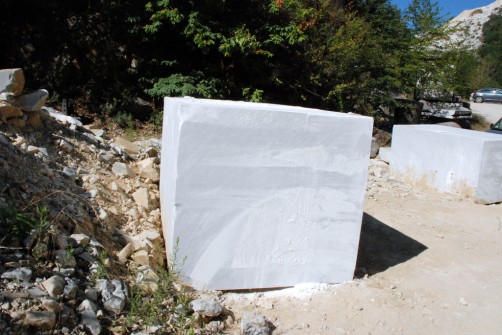Right now, I am fulfilling an old dream. I’m teaching a community-based course on writing the middle-grade novel.* True, I have only three students and we’ve met only twice so far, but Tuesday evenings are now delightful. To my relief, I’ve found that I actually do have something to offer.
I asked my students to come with a novel in mind and perhaps already started, but in fact each arrived with only a vague sense of what she wanted to write. That was fine; we talked a bit about the length and sophistication of a middle-grade novel (around 9 – 12 years old, or around grades 4 – 7, and usually 20,000 to 40,000 words long). Then we discussed our ideas in all their vagueness and tried to get a glimpse of the emotional core motivating each writer’s story.
In that first class session, we followed up with ten minutes of free writing, or what I call “writing around the story.” I asked each woman to write in the voice of her main character, quickly, without thinking, just letting the wor ds flow out. This way, the character can speak to the writer, helping them get to know one another.
ds flow out. This way, the character can speak to the writer, helping them get to know one another.
The “homework” assignment for the week was to do ten minutes of free writing a day. Once again, I asked the students to “write around” their main character, any other key characters, and the characters’ story, while trying past and present tense, first and third person narrative.
And how did the week go? The women succeeded in writing for ten minutes on at least four of the days in their busy lives, writing on the train, in a coffee shop, or with the door closed on their family at home. More importantly, they discovered things about their main characters and their stories. One found herself drawn to the story of her character’s mother. One found that instead of writing a time travel story she wanted to dive straight into historical fiction.
I was happy to learn that free “writing around” worked for my students. Just write, I told them, and the story you are carrying with you will begin to make itself clear, just as the statue inside the block of marble called out to Michelangelo.
* My own most recently published novel, THE BEECHWOOD FLUTE, is geared to a slightly older readership, ages 12 and up, called “YA” or young adult.

Glad you like teaching!
LikeLike